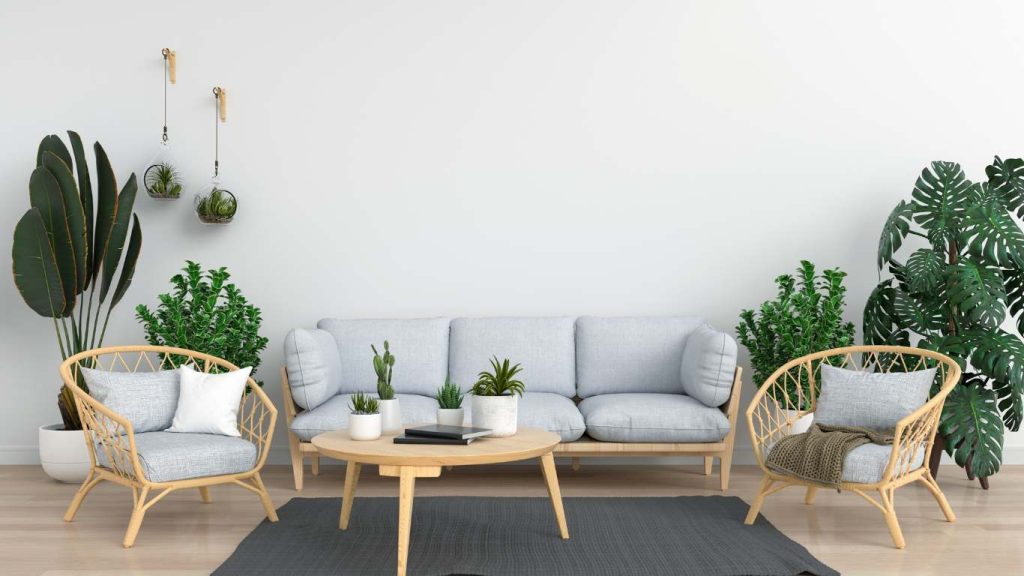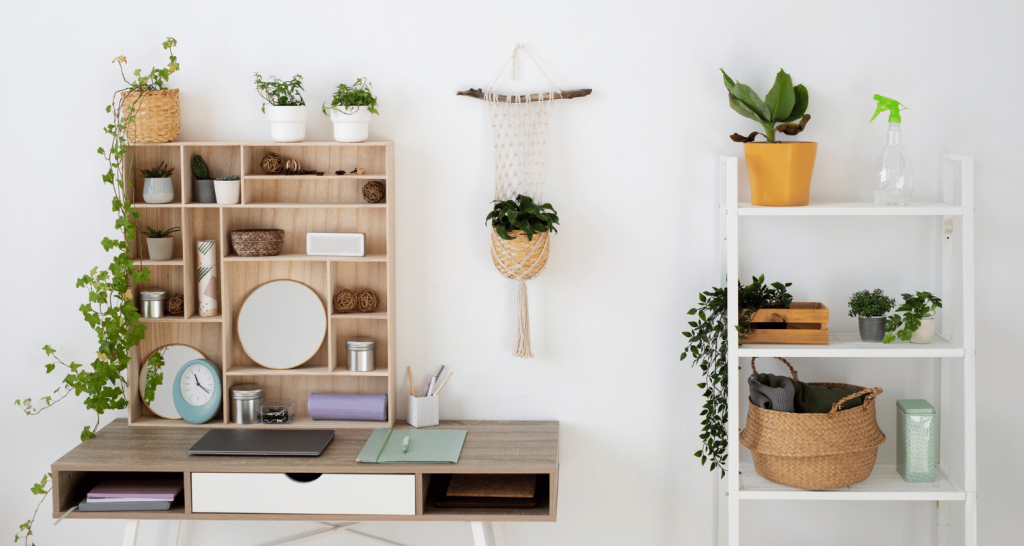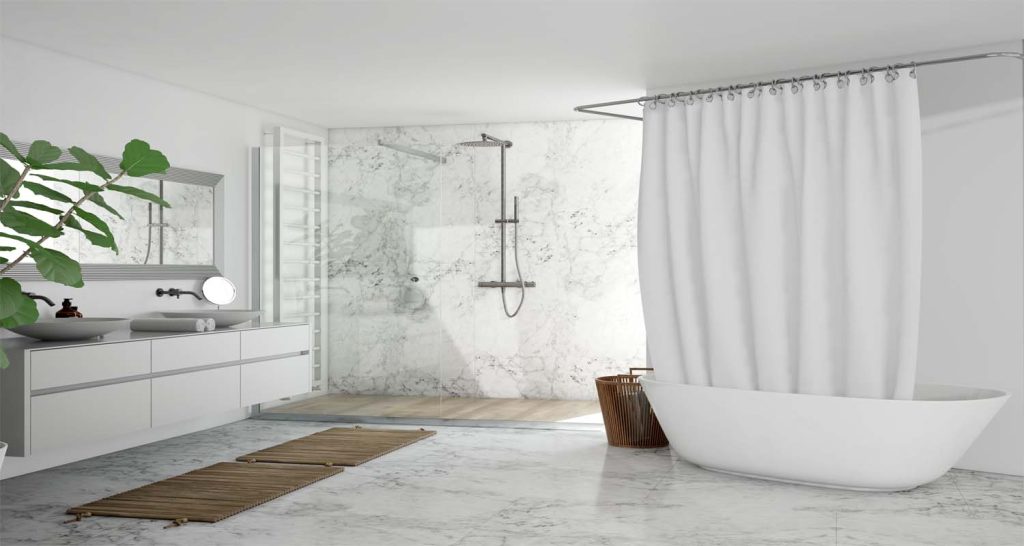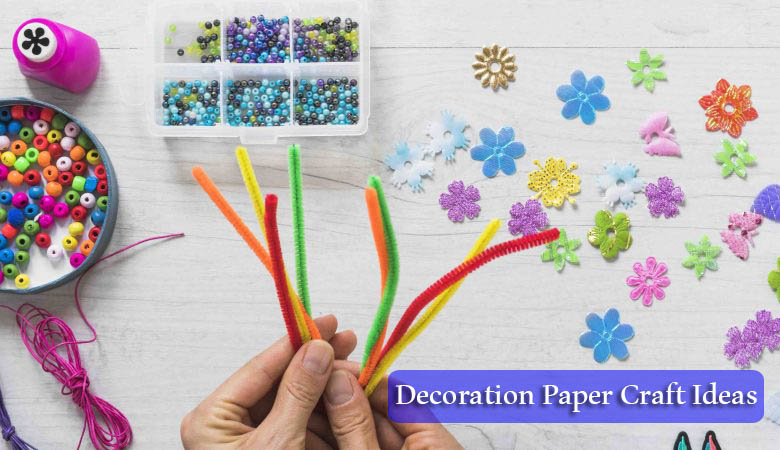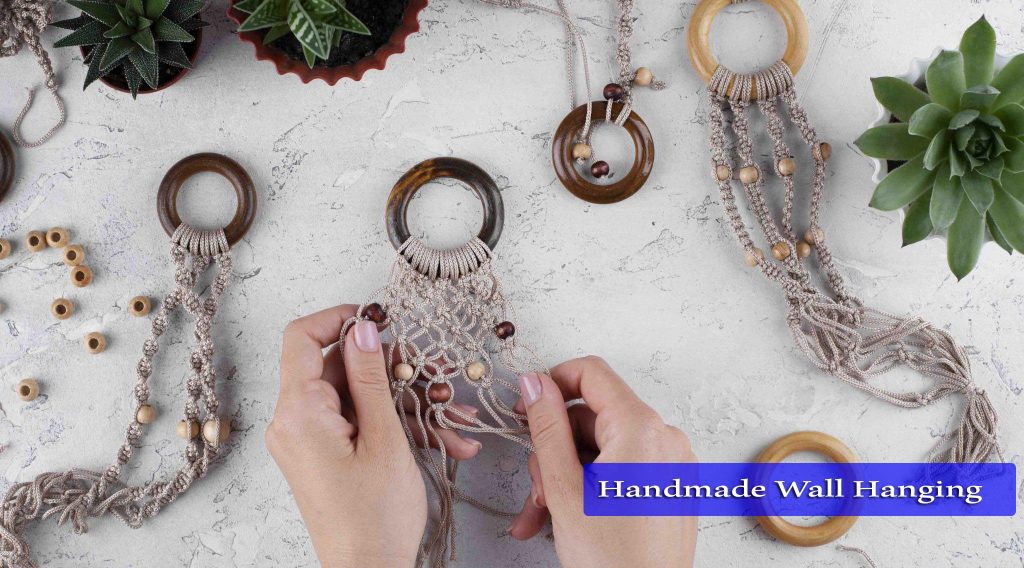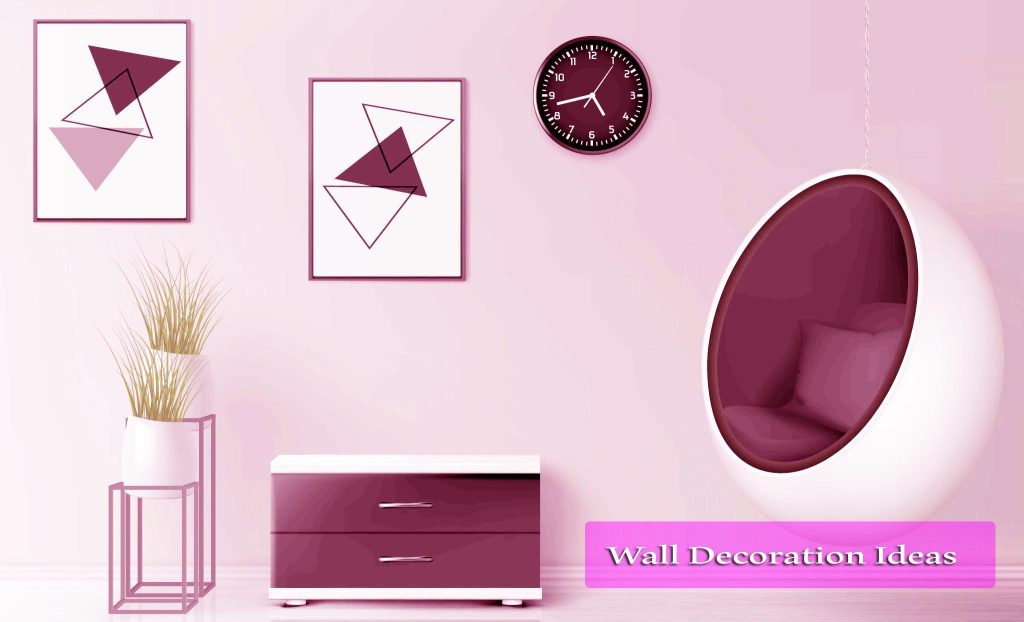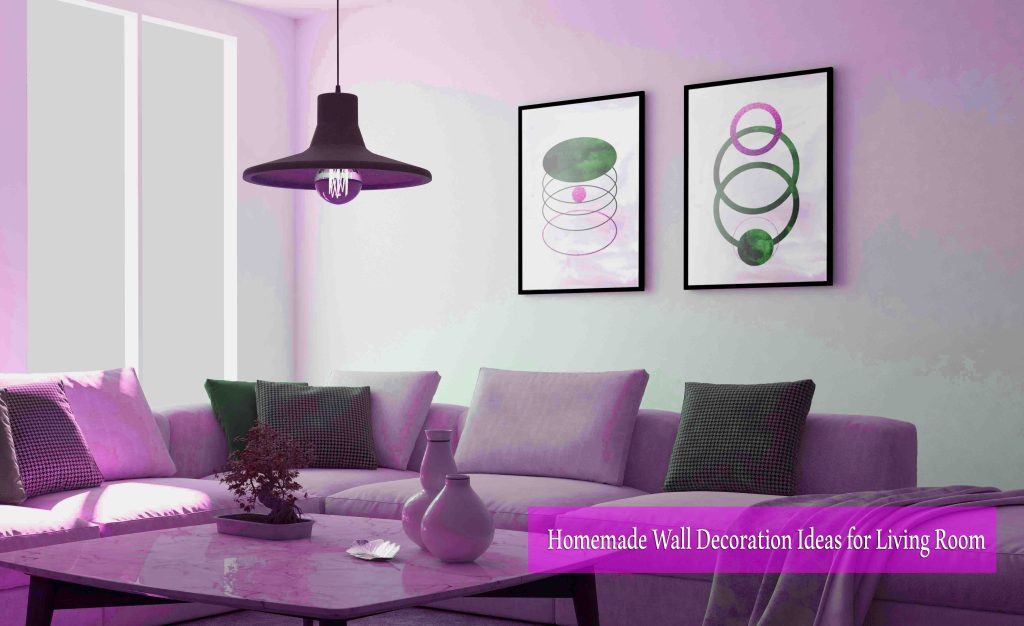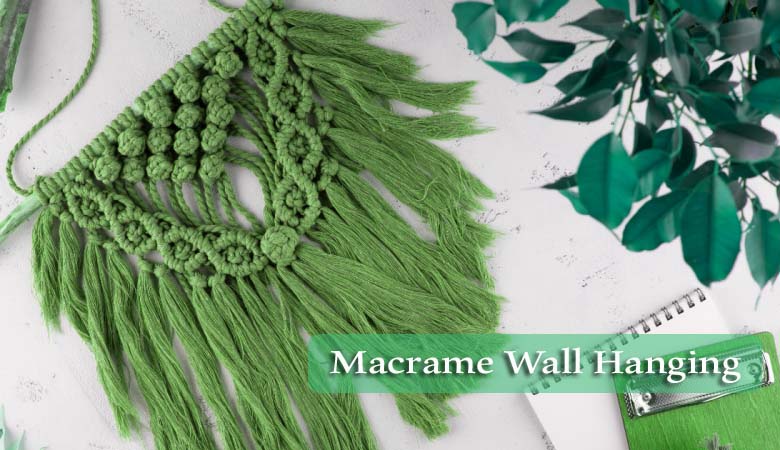Indoor plants can bring a touch of nature into your home and add a refreshing ambiance. Placing your plants in baskets is a great way to add an extra layer of texture and visual interest to your indoor garden. In this blog, we’ll go over how to plant indoor plants in baskets so that you can create a stunning display in your home.
Step 1: Choose the Right Basket
The first step to planting indoor plants in baskets is to choose the right basket. You want a basket that is large enough to accommodate your plant’s roots and allows for proper drainage. Choose a basket made of natural materials like rattan, seagrass, or wicker. These materials allow for proper air circulation and are aesthetically pleasing.
Step 2: Line the Basket
Before you plant your indoor plant in the basket, line the inside with a layer of plastic or a natural fiber like moss or coconut coir. This will prevent the soil from falling through the gaps in the basket and will help to retain moisture.
Step 3: Add Soil
Add a layer of potting soil to the bottom of the basket. The soil should be loose and well-draining. You can mix in some perlite or vermiculite to improve drainage. Make sure to leave enough room for the plant’s roots.
Step 4: Plant Your Indoor Plant
Remove your indoor plant from its current pot and gently loosen the roots. Place the plant in the basket, making sure it is centered and at the same height as it was in its previous pot. Add more soil around the sides of the plant, gently pressing it down to secure the plant in place. Make sure to leave a small gap between the soil and the top of the basket to allow for watering.
Step 5: Water and Care for Your Indoor Plant
After planting your indoor plant in the basket, water it thoroughly. Make sure to check the soil moisture regularly and water when the soil feels dry to the touch. Avoid overwatering as this can lead to root rot. Also, make sure to provide your indoor plant with the right amount of sunlight, as each plant has its own light requirements.
A: You should use a basket made of natural materials, like rattan, seagrass, or wicker. These materials allow for proper air circulation and are aesthetically pleasing.
A: Before planting, line the inside of the basket with a layer of plastic or a natural fiber like moss or coconut coir. This will prevent the soil from falling through the gaps in the basket and will help to retain moisture.
A: You should use loose and well-draining potting soil. You can mix in some perlite or vermiculite to improve drainage.
A: Remove your indoor plant from its current pot and gently loosen the roots. Place the plant in the basket, making sure it is centered and at the same height as it was in its previous pot. Add more soil around the sides of the plant, gently pressing it down to secure the plant in place.
A: Check the soil moisture regularly and water when the soil feels dry to the touch. Avoid overwatering as this can lead to root rot.
A: Each plant has its own light requirements, so it’s important to research the specific needs of your plant. However, most indoor plants prefer bright, indirect light.
A: Using a balanced fertilizer, you can fertilize indoor plants in baskets once a month during the growing season (spring and summer). Stop fertilizing during the dormant season (fall and winter).
A: Yes, you can change the plant in the basket as needed. Just make sure to choose a plant that has similar light and water requirements to the previous plant, and to replant it using the same process.
Aesthetics: Indoor plants in baskets add a natural and organic feel to your space, and can enhance the overall aesthetic of your home decor.
Air circulation: Baskets allow for proper air circulation around the roots of the plants, which can help to prevent overwatering and root rot.
Drainage: Baskets made of natural materials provide excellent drainage, allowing excess water to drain out of the soil and preventing waterlogged soil.
Versatility: Baskets come in various sizes and shapes, making them versatile for use with a wide range of indoor plants.
Limited space: Baskets can be limiting in terms of the amount of space available for root growth, which can stunt the growth of some plants.
Watering: Baskets can dry out quickly, requiring more frequent watering than plants in traditional pots.
Leaks: Baskets made of natural materials can leak water onto surfaces below, which can cause damage to floors or furniture if not properly protected.
Soil displacement: Baskets may allow the soil to spill out through the gaps, requiring more frequent cleaning and maintenance.
Overall
planting indoor plants in baskets can be a great way to add some natural beauty to your home, but it is essential to weigh the pros and cons and choose the right basket for your plant’s needs. Proper care and maintenance can help to ensure that your plants thrive in their basket homes.


